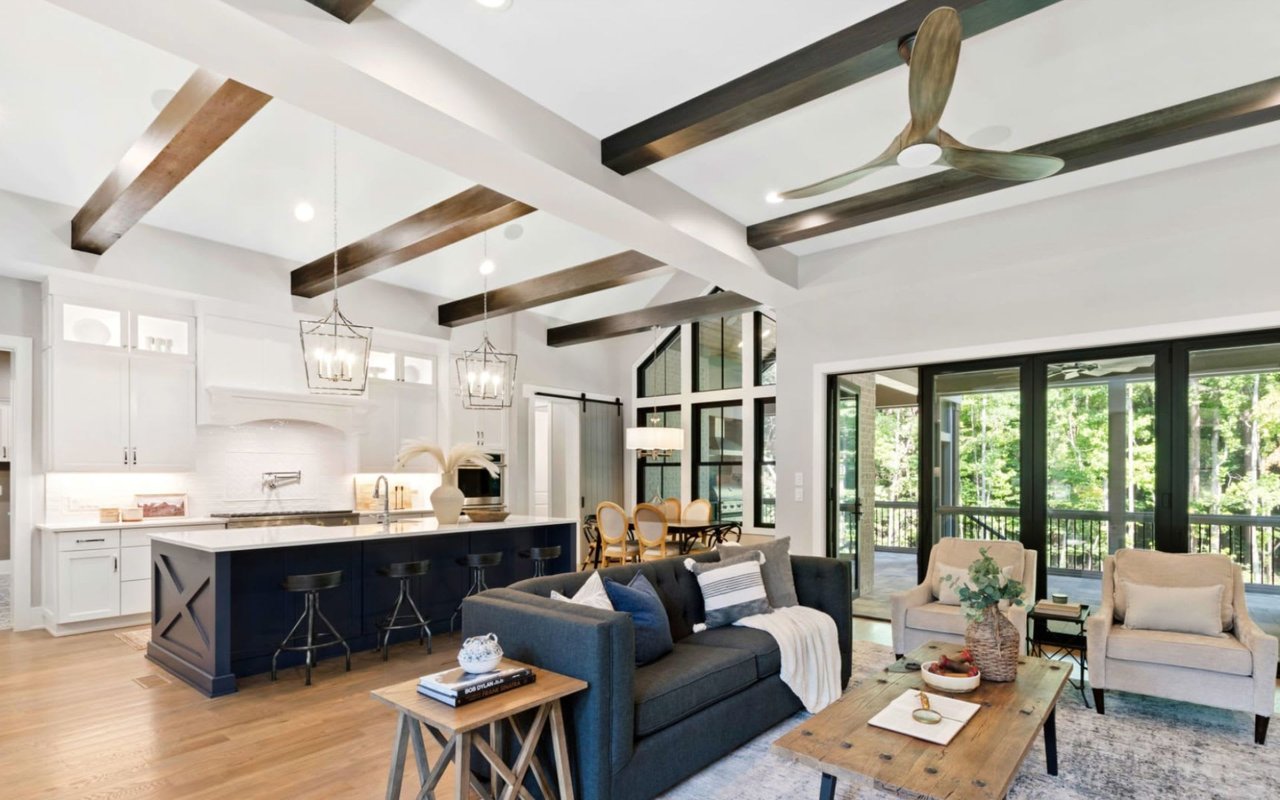A home is one of the most significant investments people will ever make. As such, it’s imperative to understand the ins and outs of the property you're considering purchasing. At the center of this understanding is a thorough and detailed home inspection. According to Porch.com, 88% of home buyers utilized a home inspection before purchasing, and 83% reported that their mortgage lender required an inspection. This guide aims to comprehensively cover everything you need to know about home inspections, from what they are to how they affect the home buying process.
Fast Facts about Home Inspections
- As highlighted by Windy City Home Inspection, 86% of buyers stated that their inspection brought attention to at least one concern needing resolution.
- Almost a fifth of home inspectors (19.7%) found roofing issues.
- Approximately 18.7% flagged at least one electrical system issue.
- Window defects were identified by 18.4% of inspectors.
- Issues with the plumbing system were detected by 13.6%, whereas 12.2% noticed water heater problems.
Exploring the Nature of a Home Inspection
A home inspection is an in-depth evaluation of a property's physical structure and critical systems conducted by a professional home inspector. It offers the potential buyer a chance to identify any major issues with the home before the transaction is finalized.
Distinguishing Between a Home Inspection and a Home Appraisal
A home inspection and appraisal are crucial steps in the home-buying process, but they serve different purposes. The former evaluates the home's physical condition, while the latter determines its market value.
The Cost of a Home Inspection
The price of a home inspection can vary depending on the property's size, age, and location. It's crucial to factor this cost into your budget when considering purchasing a home.
The Role of a Home Inspection Contingency
A home inspection contingency is a clause in the real estate contract that allows the buyer to cancel the deal if the home inspection uncovers major problems. This clause protects the buyer from being locked into a purchase without understanding the property's condition.
Choosing a Home Inspector
The choice of a home inspector is vital. The inspector must be licensed and possess a solid reputation for thoroughness and integrity. Remember, the inspection report is only as good as the inspector conducting it.
What to Expect on Inspection Day
On inspection day, the home inspector conducts a comprehensive examination of the property, evaluating the home's major components like the roofing, plumbing, and electrical systems. The buyer is usually encouraged to be present during the inspection.
Interpreting the Home Inspection Report
Following the inspection, the home inspector provides a detailed home inspection report. This document identifies any potential problems and suggests possible repairs or improvements.
Addressing Repairs or Requesting a Discount
After receiving the home inspection report, the buyer can negotiate with the seller to address the identified issues. This could involve the seller undertaking repairs or offering a discount on the purchase price.
Securing Approval to Purchase a Home
Securing approval for a home purchase is an essential step toward owning your dream home. This approval signals to sellers that you are a serious contender in the home-buying process.
Your Ultimate Home Inspection Checklist
A home inspection for buyers checklist can guide you during the inspection process. Here's what to keep an eye out for:
1. The Property's Grounds and External Structure
The inspection should cover the home's exterior, including the condition of the siding, windows, and roof. Any visible foundation cracks or signs of standing water should also be noted.
2. The Basement
The basement is often prone to dampness, leaks, or structural problems. A qualified home inspector should carefully inspect this area.
3. The Attic
The attic should be inspected for proper insulation, ventilation, and signs of leaking or damage.
4. Bathrooms and Kitchens
The inspection should cover plumbing fixtures, water pressure, and visible plumbing. All appliances should be tested, and signs of water damage or mold should be noted.
5. Interior Rooms
The condition of the walls, ceilings, floors, doors, and windows in each room should be checked. The inspector should also test all electrical outlets and light switches.
6. Electrical Systems, Heating, and Cooling Systems
The home's electrical, heating, and cooling systems should be examined to ensure they are safe and functional.
7. Plumbing
All visible plumbing, including pipes, drains, and water heaters, should be inspected for signs of damage or leaks.
Common Questions about Home Inspections
How Long Does a Home Inspection Typically Last?
A thorough home inspection generally takes two to three hours, but the duration can vary depending on the property's size and condition.
Are There Mandatory Fixes After a Home Inspection?
Not all issues identified in a home inspection are required to be fixed. The decision often comes down to negotiation between the buyer and seller.
What are Frequent Problems Uncovered During Home Inspections?
Common problems can include electrical issues, roofing defects, plumbing issues, and structural damage.
How Can You Prep Your Home for an Inspection?
To prepare for a home inspection, ensure all areas of the house are accessible, provide the necessary documentation, and conduct basic maintenance.
About Hodge & Kittrell Sotheby’s International Realty
Located in the heart of Raleigh, North Carolina, Hodge & Kittrell Sotheby's International Realty serves the entire Triangle region, encompassing Raleigh, Durham, Chapel Hill, Cary, and the Research Triangle Park. This region consistently earns recognition as one of the top places to live and work nationwide.
Hodge & Kittrell has an impressive track record, with post-transaction surveys indicating that nearly all clients would endorse their services. They find joy in aligning extraordinary homes with extraordinary lives, and their real estate brokers, experts in their field, manage properties across a spectrum of affordability and price points.
If you're contemplating buying or selling a home or have queries about the North Carolina real estate market, contact Hodge & Kittrell Sotheby’s International Realty today.




